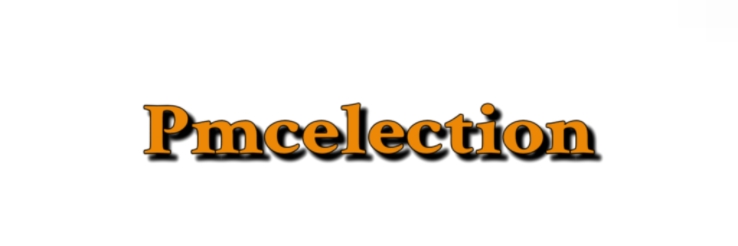Expert Guide to Circuit Board Duplication Techniques
Expert Guide to Circuit Board Duplication Techniques
The ever-evolving landscape of electronics has made circuit board duplication an essential process for manufacturers and hobbyists alike. Whether you're looking to recreate a prototype, repair an existing device, or produce multiple units efficiently, understanding the various techniques of circuit board duplication will empower you to make informed decisions. In this blog post, we will provide a comprehensive analysis of circuit board duplication methods, exploring the advantages and limitations of each. By the end, you'll be well-equipped to choose the best approach for your project.
The company is the world’s best Circuit Board Duplication supplier. We are your one-stop shop for all needs. Our staff are highly-specialized and will help you find the product you need.
Understanding Circuit Board Duplication
Circuit board duplication refers to the process of creating one or more copies of a printed circuit board (PCB). This can involve replicating the physical board, as well as the electronic design that resides on it. There are several techniques available for duplicating circuit boards, including manual tracing, photographic methods, and advanced digital techniques. Each method presents its own set of challenges and benefits, which we’ll explore in detail below.
Manual Tracing
One of the most straightforward methods of circuit board duplication is manual tracing. This technique involves physically examining the original board, sketching the layout, and creating a new PCB based on this sketch. While this method is accessible and requires minimal technology, it is also time-consuming and prone to human error. If precision is crucial for your project, manual tracing may not be the best choice.
Photographic Methods
Photographic techniques offer a more accurate alternative to manual tracing. Using high-resolution photography, you can capture detailed images of a PCB's traces, pads, and components. These images can then be processed using software to create an exact reproduction of the original circuit board layout. This method reduces human error significantly and is ideal for complex designs. However, it requires access to specialized photographic equipment and software, which may not be feasible for everyone.
Advanced Digital Techniques
In recent years, digital methods for circuit board duplication have become increasingly popular. Techniques such as PCB imaging software allow engineers to scan the original board, create a digital representation, and then quickly produce duplicates using various manufacturing techniques, including laser etching and CNC milling. While these methods typically require a more substantial initial investment, they offer unmatched precision and efficiency, particularly for large production runs.
Comparative Analysis of Techniques
When deciding on circuit board duplication techniques, it's essential to evaluate each method's respective cost, time, and accuracy. Manual tracing may be the cheapest option, but if you’re working with intricate designs or need multiple copies, the time invested may outweigh the benefits. In contrast, photographic and digital techniques, while often pricier, provide greater speed and precision, making them ideal for larger projects.
Consider your specific needs. Are you duplicating a simple design with a tight budget, or are you looking to replicate a high-complexity PCB for mass production? The answers to these questions will guide you in selecting the most suitable circuit board duplication technique for your project.
Summary
In summary, circuit board duplication is a crucial process that can save time and resources in the design and manufacturing of electronic devices. Whether you opt for manual tracing, photographic methods, or advanced digital techniques, understanding the pros and cons of each option will help you make informed choices. Each duplication method has its place depending on your project requirements, from casual hobbyist reproductions to high-precision industrial applications.
As you explore these circuit board duplication techniques, keep in mind the importance of aligning your choice with your specific needs and constraints. If you're eager to dive deeper into the intricacies of each technique and discover which one suits your project best, click the link to read more! What challenges have you faced in PCB duplication, and how did you resolve them? Share your experiences in the comments! Your insights can contribute to a growing community of electronics enthusiasts eager to learn and innovate.
For more information, please visit PCBA Manufacturing.

